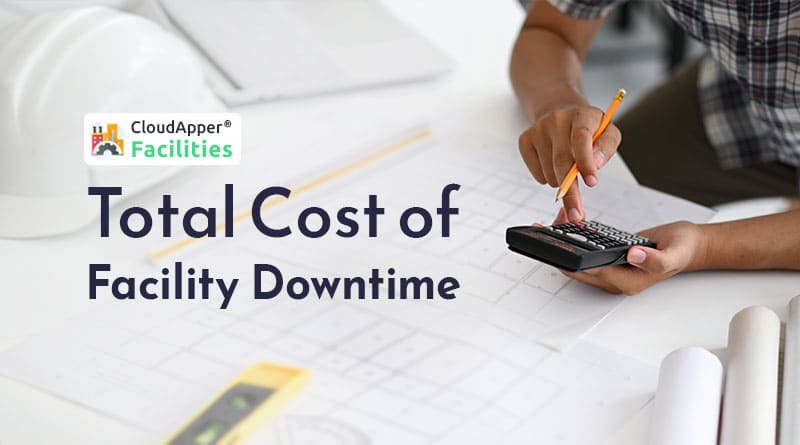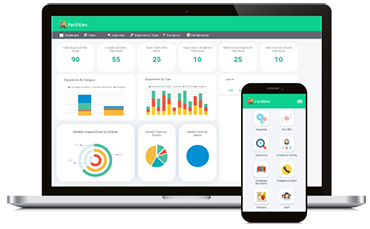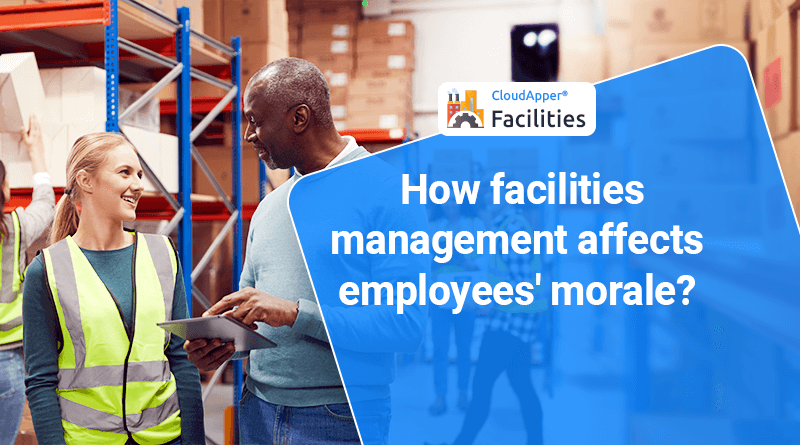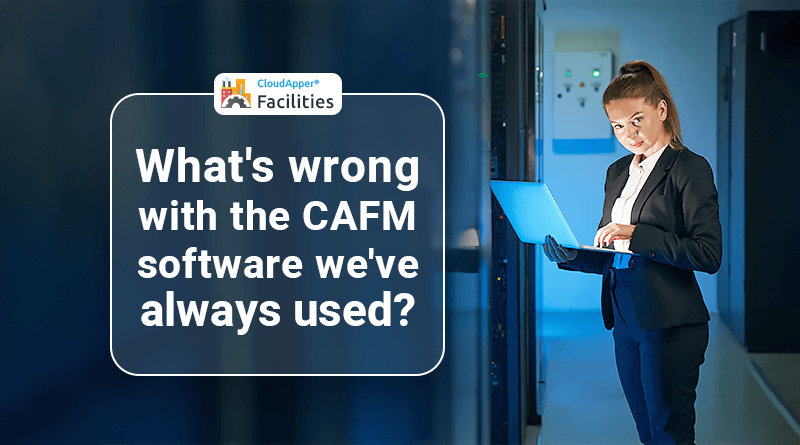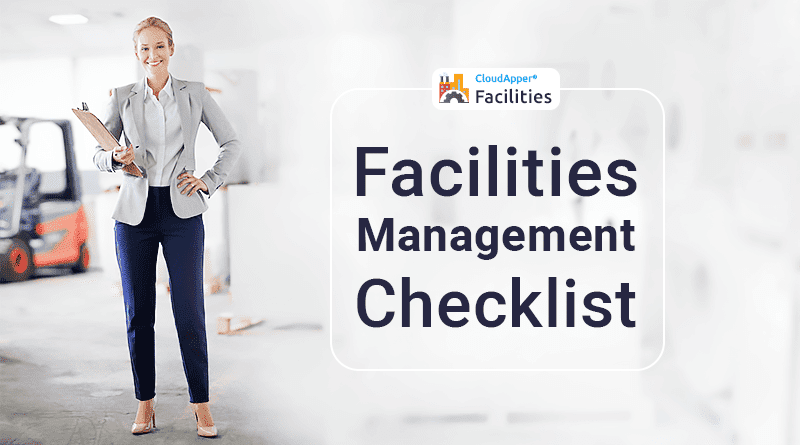Downtime costs each factory at least 5% of its production capacity and many losses up to 20%. However, approximately 80% of industrial facilities cannot accurately estimate their total downtime cost (TDC). Many of these facilities, according to downtime consultants, underestimate their downtime by 200-300%.
When you give priority to capital investment, not knowing your TDC compounds itself. These tools become key criteria to project selection and approval as your organization is becoming more sophisticated in the use of financial tools, such as ROI and other leverage metrics.
When using ROI, the true cost of downtime in your plant is especially important. You can miss valuable opportunities for your own plant, taking a poor decision, or overlook what you intuitively know to be the most important priorities by underestimating it significantly. You can choose the best capital projects by knowing your TDC and then choose the best decisions within these projects.
Based on this important number, sometimes the overall approach to a project may change. TDC’s approach to or exceed the capital cost of a retrofit project is not uncommon. In such circumstances, the right project delivery method, as well as the right project delivery team, are crucial to implementing an aggressive project to minimize downtimes
The choice of your engineering, contracting, and other team support decisions must be based on increasing your total ROI (including reducing downtime and risk). This may be against your normal methods of purchase. Take a look at the project ROI ‘ball’ to overcome these obstacles in order to build a great team.
Some of the real costs of downtime are covered in other cost areas and do not appear unless they are properly accounted for. Uncover all these costs and list them in a separate category “downtime” in order to calculate TDC effectively.
Consider the importance of TDC components. Evaluate if your downtime number contains these issues when you read the list.
Equipment related costs
Annually calculated as a constant unit price
- Labor cost: Account for full costs of direct and indirect work with benefits and include a proportion of all overhead positions in the plant, like managers and support staff.
- Product cost: The cost per production unit at each stage of the process, together with the machine/profit center units per hour, can tell you the value of the product lost during an event.
- Startup cost (per machine, line, cell, and profit center): Include costs for the energy surge, percentage of reduction in production (unit per hour lost), produced scrap, including recycle cost and/or scrap value, setup (manpower and materials), rework costs, and quality inspection, likewise other startup costs.
- Bottleneck cost: Predict the cost effects on downstream equipment at every stage of the process.
- Sales expectation: Include surplus capacities, such as large buildings, spare production equipment, etc.
Downtime costs
Per occurrence
- Time: Record and Calculate the time from the first breakdown occurrence of the equipment till the equipment returns to full production.
- Reduced production
- Scrap
- Band-aid costs: Figure on temporary fix costs until the permanent fix is been implemented.
- Consulting, OEM, contractor costs: Include the annual fee or estimated annual cost for downtime support.
- Tooling: Calculate substitution or tool rework costs (per occurrence).
- Parts/Shipping cost
As you can see, many factors must be taken into account in determining TDC. A precise estimation of TDC is important to your bottom line with so much at stake.
Reduced Downtime with Digital Data Collection
Understanding the root causes of downtime by gaining visibility into the human, machine, and process performance in your operations is the best way to reduce facility or plant downtime. When you digitally record these data, you unlock the capabilities not only to reduce downtimes but also to increase throughput, reduce waste and reduce cycle and lead time. You can contact us here to see how CloudApper Facilities can help unlock these capabilities.
What is CloudApper AI Platform?
CloudApper AI is an advanced platform that enables organizations to integrate AI into their existing enterprise systems effortlessly, without the need for technical expertise, costly development, or upgrading the underlying infrastructure. By transforming legacy systems into AI-capable solutions, CloudApper allows companies to harness the power of Generative AI quickly and efficiently. This approach has been successfully implemented with leading systems like UKG, Workday, Oracle, Paradox, Amazon AWS Bedrock and can be applied across various industries, helping businesses enhance productivity, automate processes, and gain deeper insights without the usual complexities. With CloudApper AI, you can start experiencing the transformative benefits of AI today. Learn More
